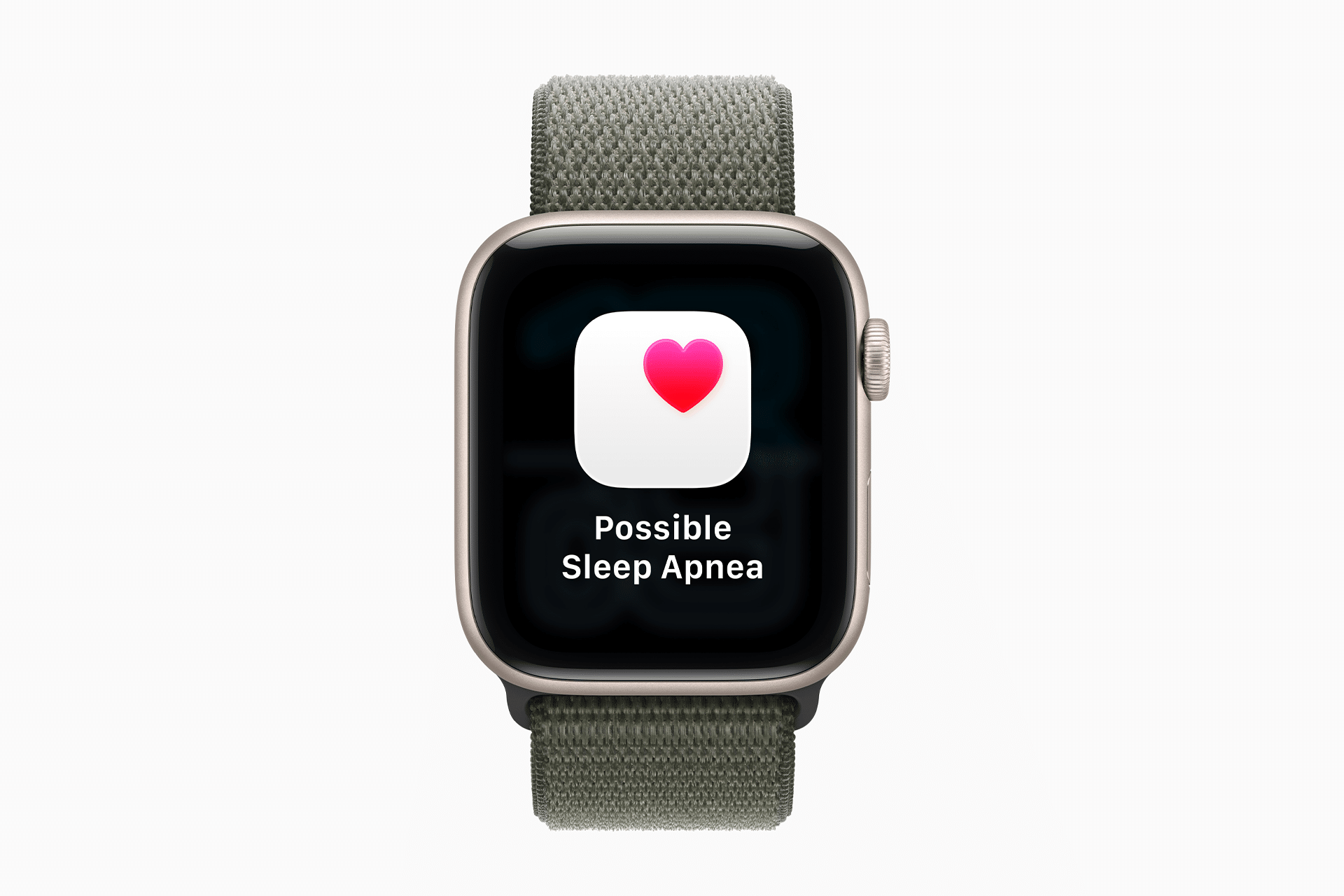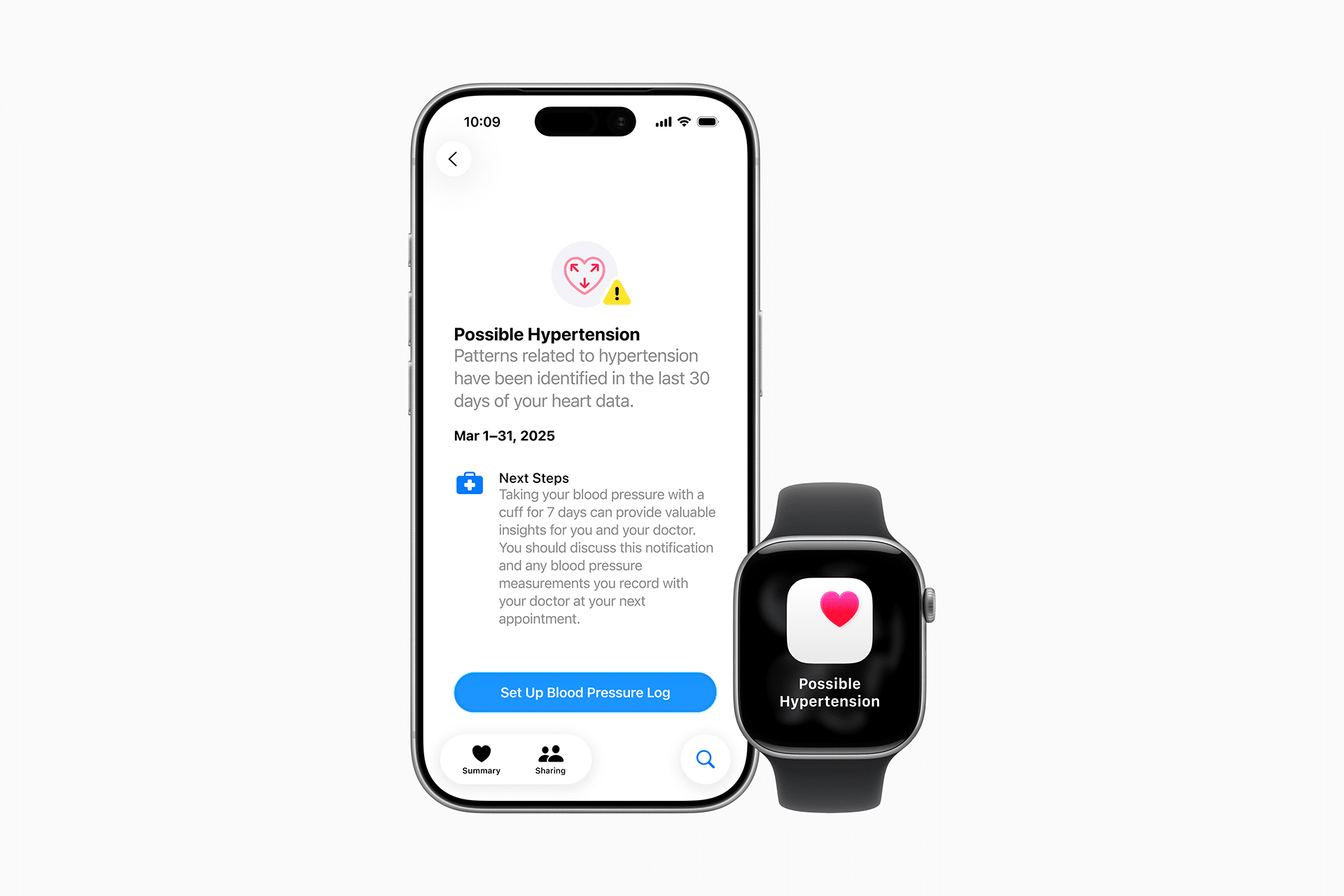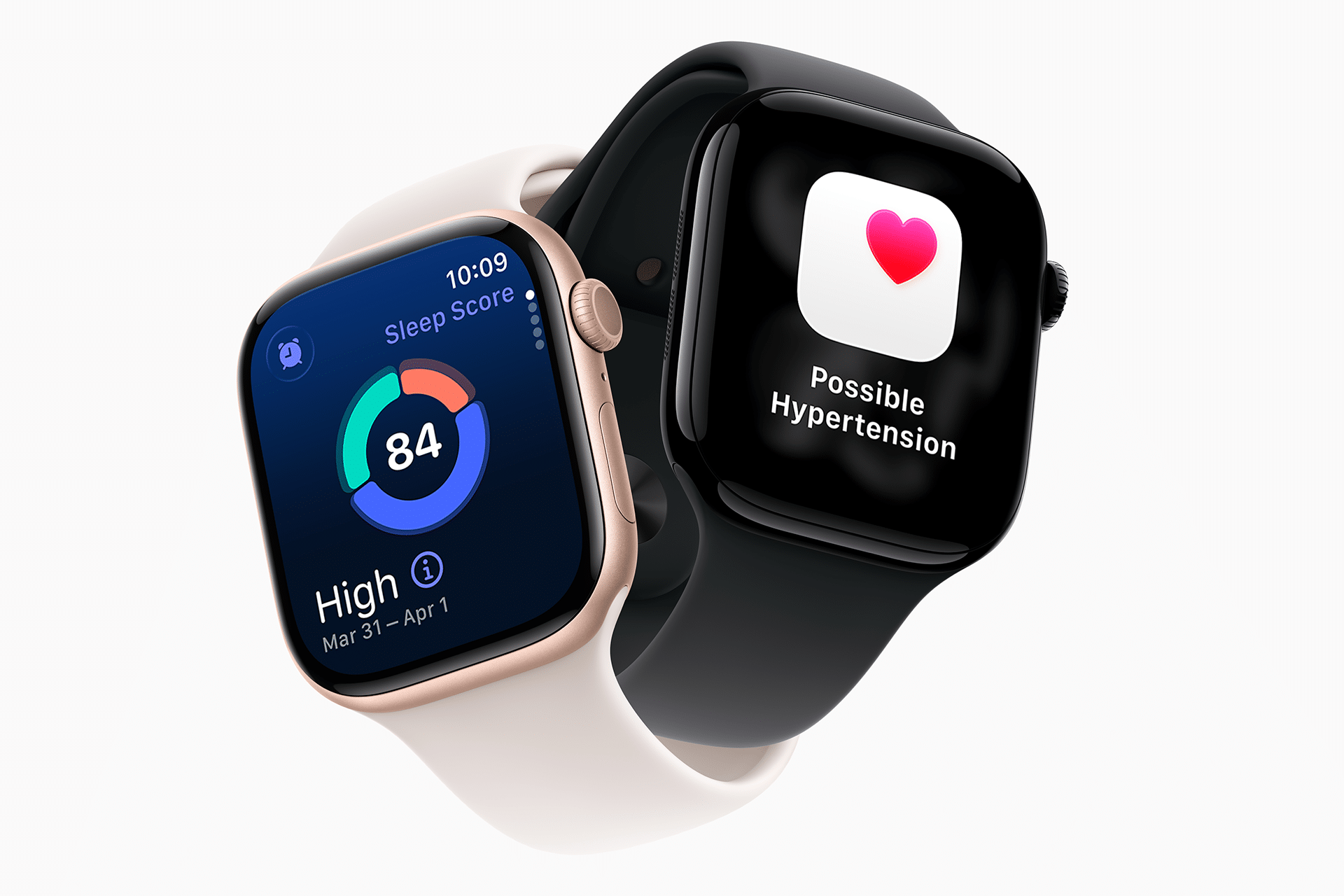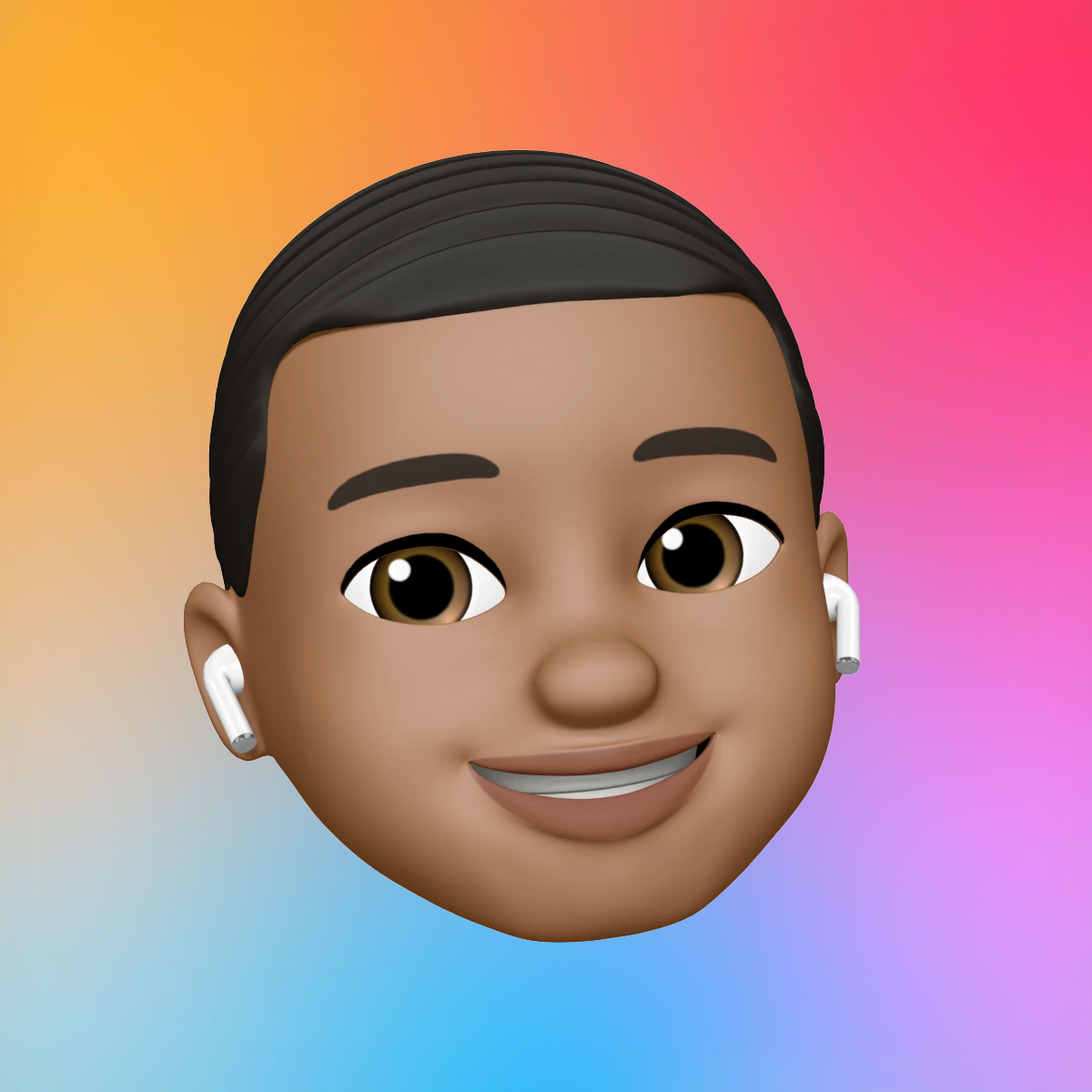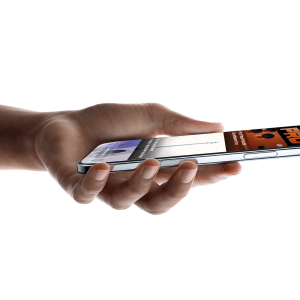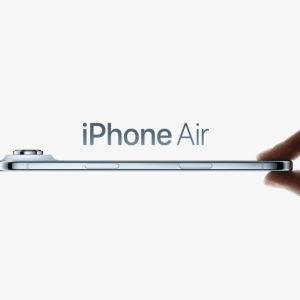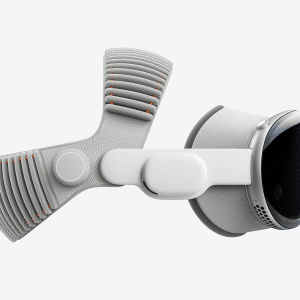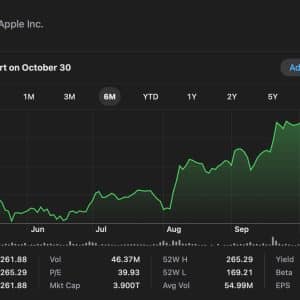At its core, the hypertension detection pulls from the Apple Watch’s optical heart sensor, a green-light array that pulses against the skin to measure blood flow variations. Over those initial 30 days, it logs patterns in heart rate variability and other metrics tied to vascular stress, building a baseline unique to each wearer. Once established, the watch cross-references ongoing data against that profile, notifying if deviations suggest sustained elevation—think consistent spikes during rest or activity.
This isn’t a direct blood pressure readout; cuff-free methods like this rely on photoplethysmography, a technique refined over years in wearables. Apple positions it as a screening aid, not a replacement for clinical tools, emphasizing the need for professional follow-up on any alert. Early adopters in beta tests reported the wait period as a smart calibration step, preventing false starts from one-off stressors like caffeine or deadlines.
Wrist detection plays a key role too, ensuring the watch stays snug for reliable reads. If it slips during setup, the feature prompts a quick fix in settings, underscoring how everyday wear habits influence accuracy.
Who Qualifies: Age, Models, and Setup Essentials
Eligibility keeps things straightforward: Users must be 22 or older, free of prior hypertension diagnoses, and not pregnant, as those conditions alter baseline readings. The rollout supports Series 11, Series 10, Series 9, Ultra 3, and Ultra 2— a nod to longevity in Apple’s lineup. Pairing requires an iPhone 11 or newer on iOS 26, closing the loop on ecosystem needs.
Diving into setup takes under two minutes: First, launch the Health app on your iPhone and tap the profile icon up top. Scroll to Features, then Health Checklist, and select Hypertension Notifications. Answer prompts on age and diagnosis history—honesty here tunes the algorithm right—before hitting Continue. A quick overview of how alerts work follows, wrapping with a Done tap.
Post-setup, the watch hums quietly in the background. No instant pings; that 30-day window lets it absorb your normal—sedentary desk hours, evening walks, or weekend hikes—before deeming anything noteworthy. Notifications arrive as subtle vibrations or banners, linking back to Health for trend views.
Daily Use: From Alerts to Actionable Insights
Once live, the feature weaves into the Apple Watch’s notification stream without overwhelming it. A potential hypertension pattern triggers a discreet alert: “Your Apple Watch detected signs of high blood pressure. Consider consulting your doctor.” Tapping through reveals a snapshot of the triggering data, like elevated resting rates over several nights, plotted against your baseline.
In the Health app, it populates a dedicated section under Heart, showing graphs of evaluation periods and trend lines. Users can export summaries as PDFs for physician reviews, a boon for telehealth chats. Pair it with existing tools like ECG spot-checks or walking steadiness, and it forms a fuller picture of cardiovascular health.
For active folks, the watch factors in context—pausing analysis during intense workouts to avoid misreads from exertion. Tips from the setup flow encourage consistent wear, especially overnight, to capture nocturnal dips that often signal issues first.
Limits and Realities: What It Can’t Do
No wearable nails medical precision yet, and Apple’s hypertension tool wears that humility upfront. It skips immediate readings, focusing on patterns to cut noise from daily fluctuations. The 30-day lag means it’s for ongoing vigilance, not crisis response—if symptoms like headaches or dizziness hit, head to urgent care regardless.
Exclusions for pregnancy or diagnosed cases protect against skewed data, but they sideline those groups from wrist-based screening. Accuracy hinges on fit; loose bands or tattoos over the sensor can muddy signals, prompting occasional recalibrations. Apple stresses this as an FDA-cleared wellness feature, not diagnostic—echoing clearances for sleep apnea and AFib detection.
Battery impact stays minimal, sipping from the watch’s efficiency gains in watchOS 26. Still, heavy users might notice a slight uptick in sensor polls, offset by smarter power management.
Tying Into Broader Wellness: Apple’s Pulse on Prevention
This launch aligns with Apple’s quiet pivot toward preventive care, where watches evolve from fitness trackers to quiet sentinels. Hypertension affects nearly half of U.S. adults, often undiagnosed until complications arise, making tools like this a public health win. It joins Vitals app overviews in watchOS 26, aggregating sleep, heart rate, and now blood pressure cues into digestible dashboards.
For families, shared Health profiles let guardians monitor elders without invasive setups. Developers get API hooks too, hinting at third-party apps that layer in diet logs or stress trackers for holistic views. As rivals like Samsung push similar cuffs, Apple’s sensor-only approach keeps it accessible—no extra straps needed.
In a year of health-focused drops, from Series 11’s brighter displays to Ultra 3’s dive-ready builds, hypertension alerts remind why the watch endures: It’s the device you forget until it speaks up, turning data into decisions that stick.
